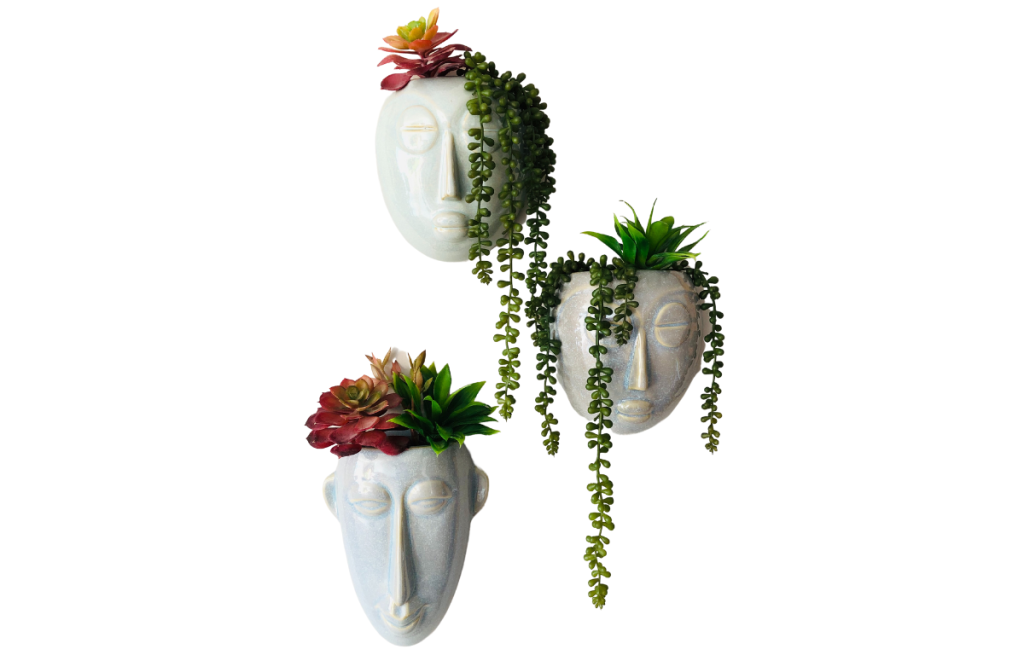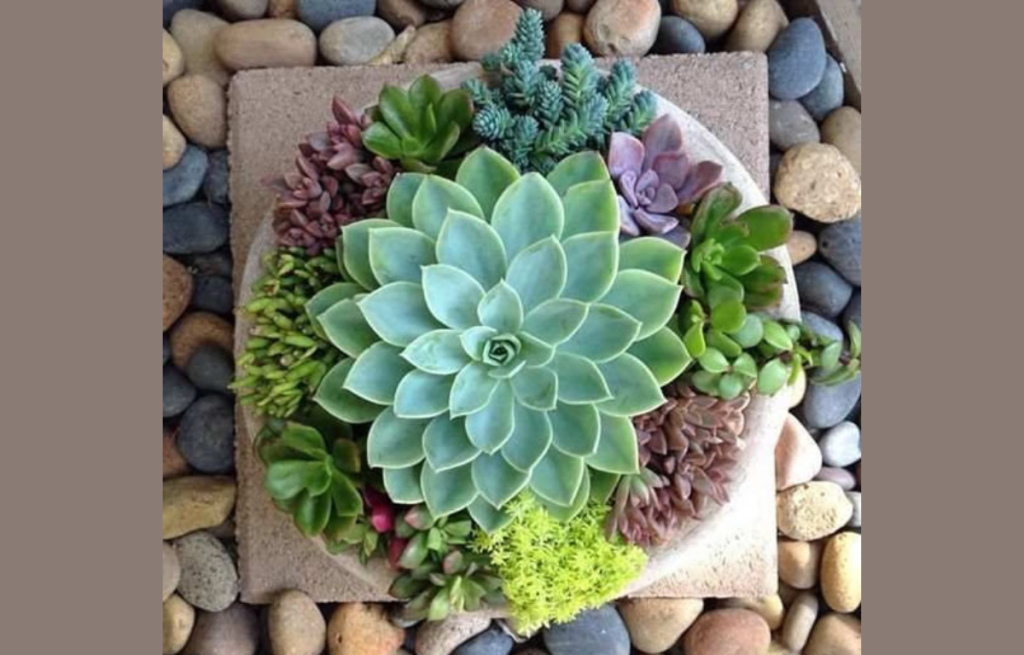Decorating styles
Succulents: These Amazing Plants
If you don't already have a succulent at home, what are you waiting for to try? In addition to being beautiful and easy to care for, they are an excellent option for those who want to bring a little nature into their home in a simple and creative way.
Advertisement
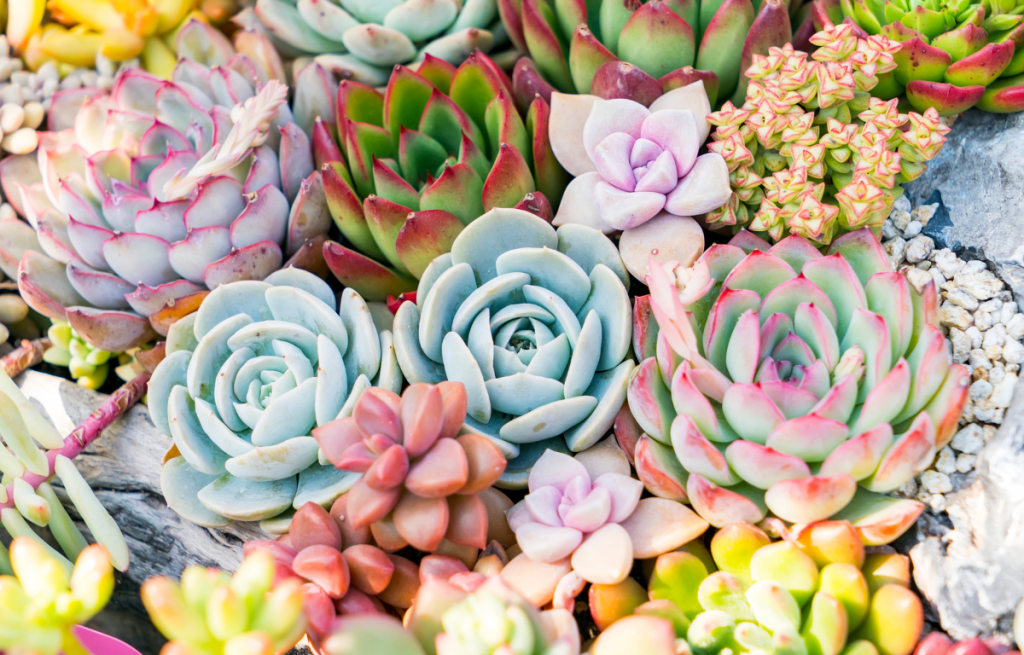
Succulents are incredible plants that are gaining more and more space in interior and exterior decoration. And no less! With their fleshy leaves and varied colors and shapes, they can transform any environment into a charming and cozy space.

In addition to being beautiful, succulents are very easy to care for. As they have the ability to store water in their cells, they do not need constant watering and can survive in low light environments. Just choose a place with good ventilation and indirect lighting and only water them when the substrate is dry.
Follow our step-by-step guide at the end of this post to learn how to plant both in soil and in glassware without drainage.


10 Best Plants to Have Indoors
Having plants indoors brings many benefits to physical and mental health. Discover the plants that live well indoors.
Another advantage of succulents is that they can be grown in a variety of containers, from traditional vases to cups, bottles and other objects you have at home that can accommodate the substrate. This makes them a versatile and creative option for those who like to get their hands dirty and create their own arrangements.
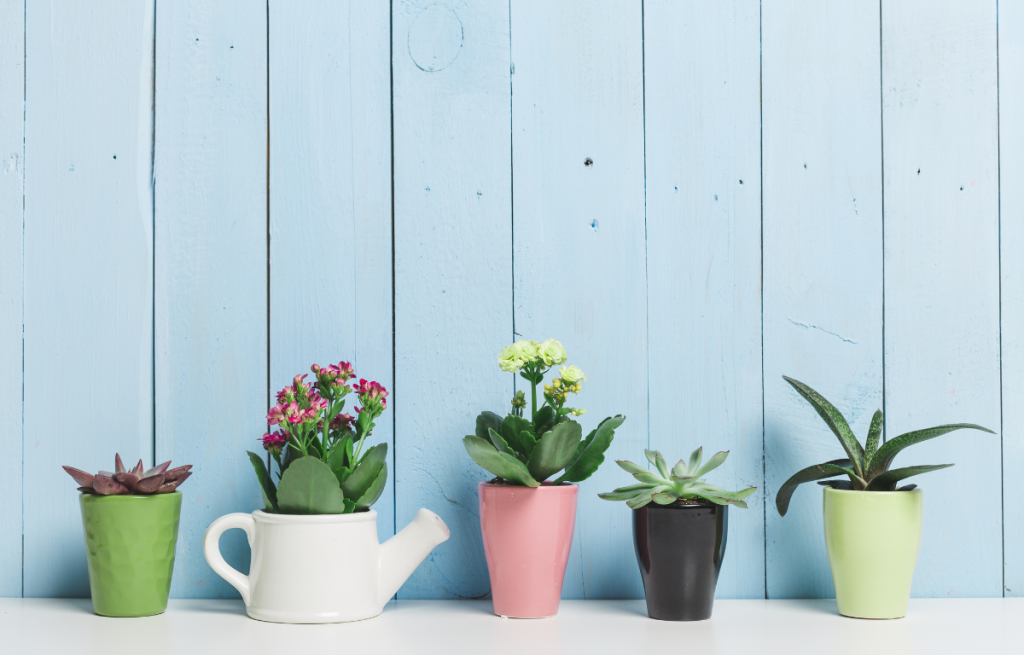
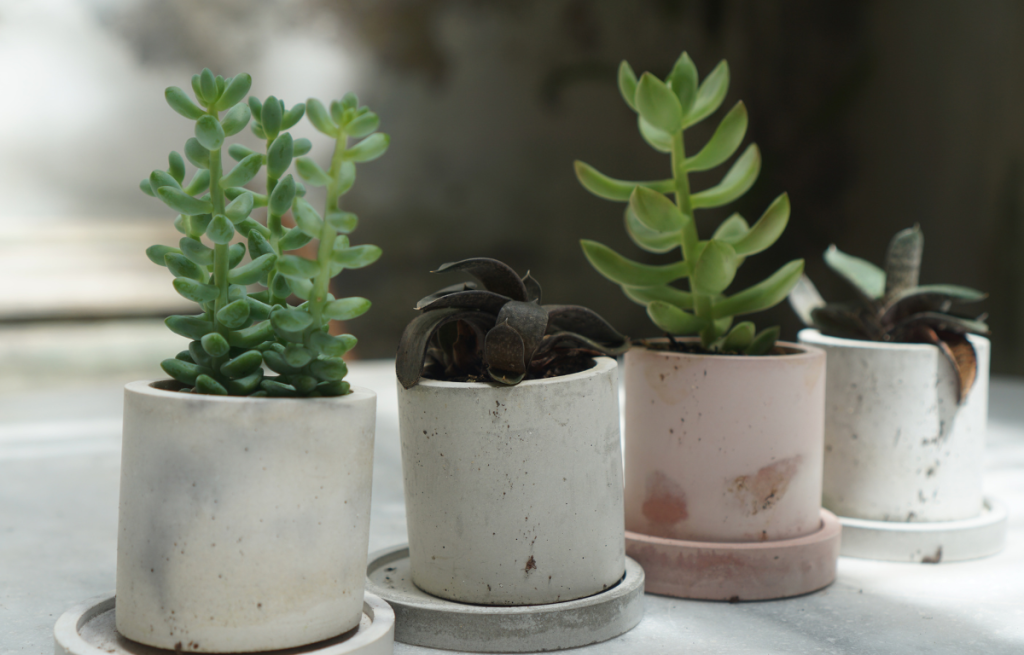
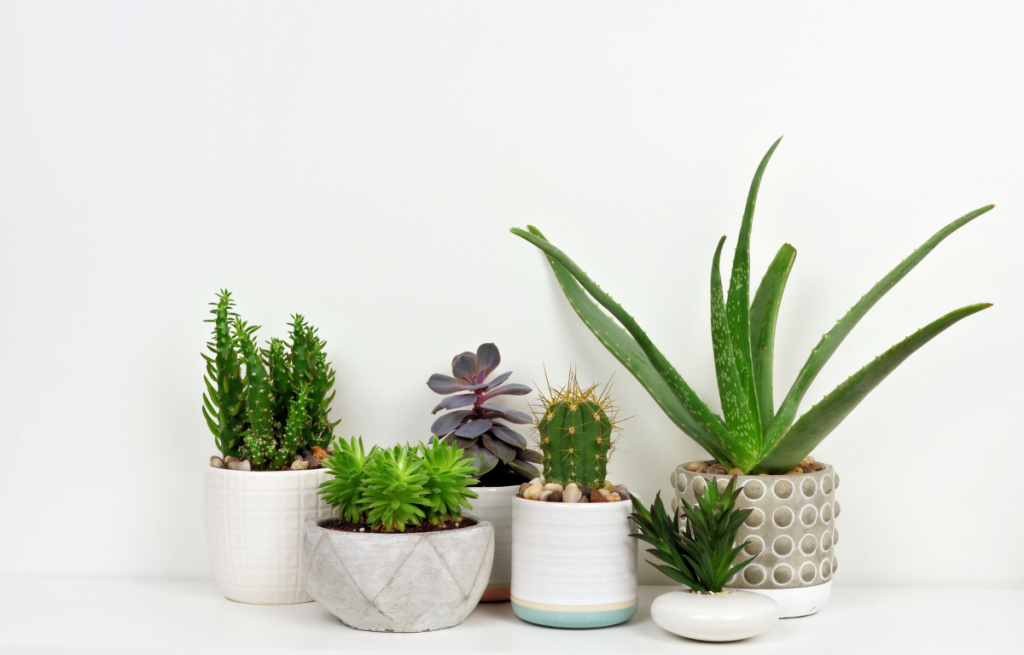
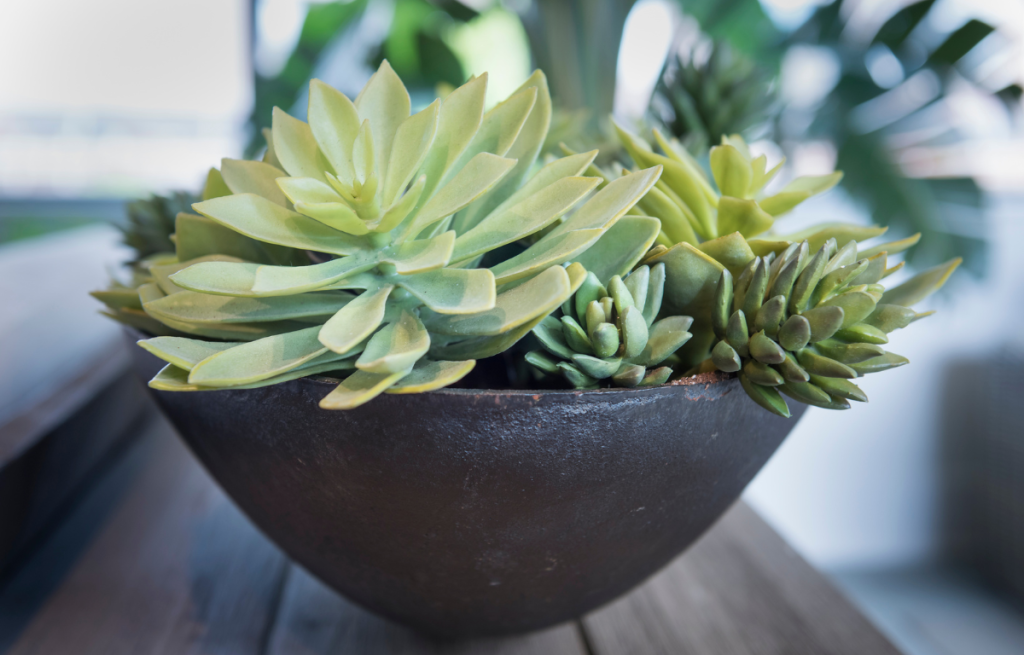
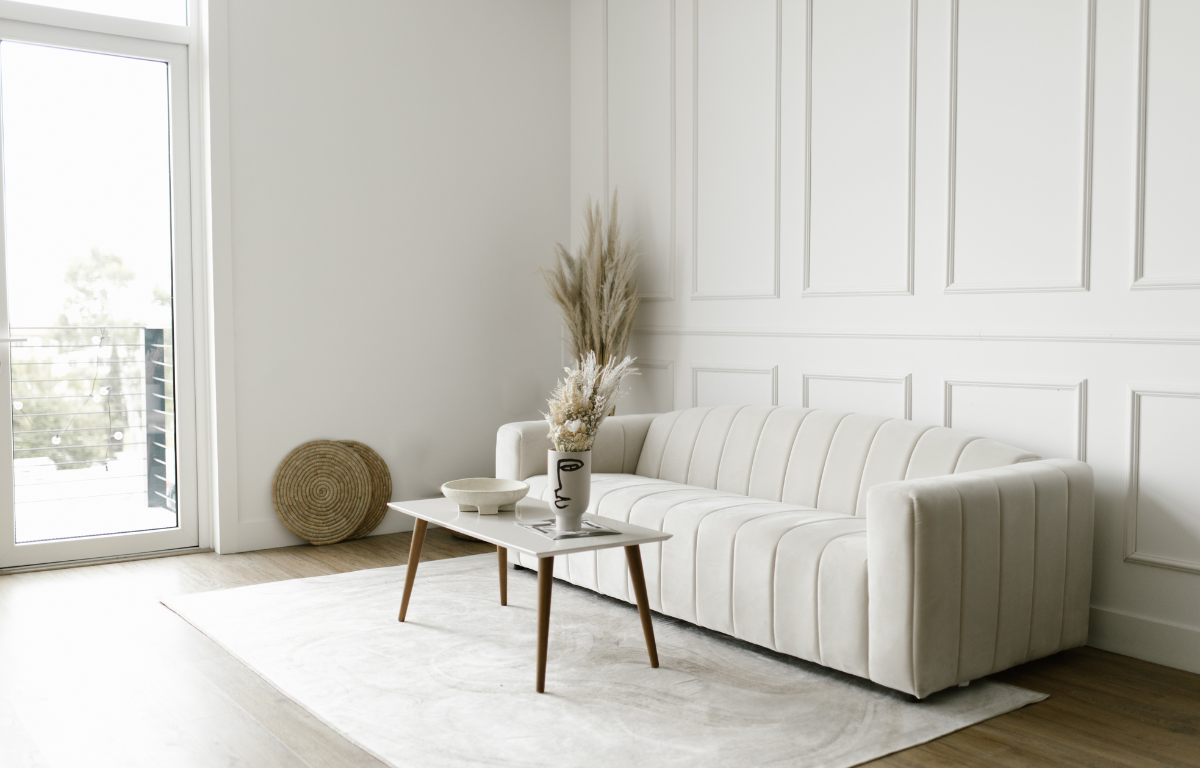
Minimalist Decoration: Do You Know What It Is?
Minimalist decoration appears as a proposal to rescue simplicity and functionality.
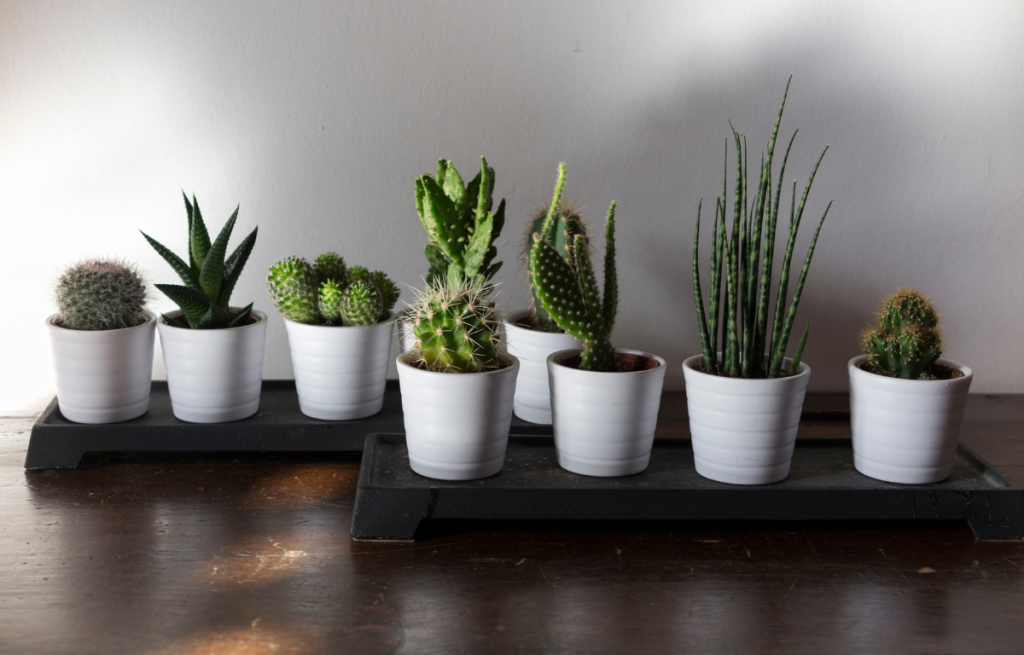
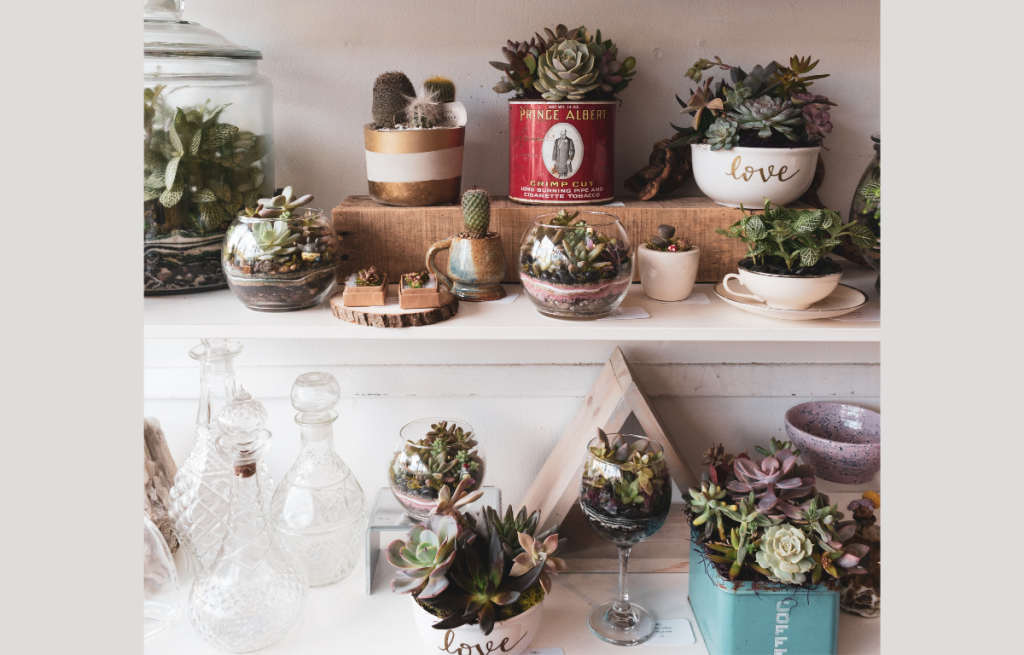
And if you think that succulents are all the same, you are very wrong! There are several species and varieties, with different colors and shapes, which can be combined to create unique and personalized arrangements. Some of the most popular are the ladyfinger succulent, the jade succulent, and the snowball succulent.
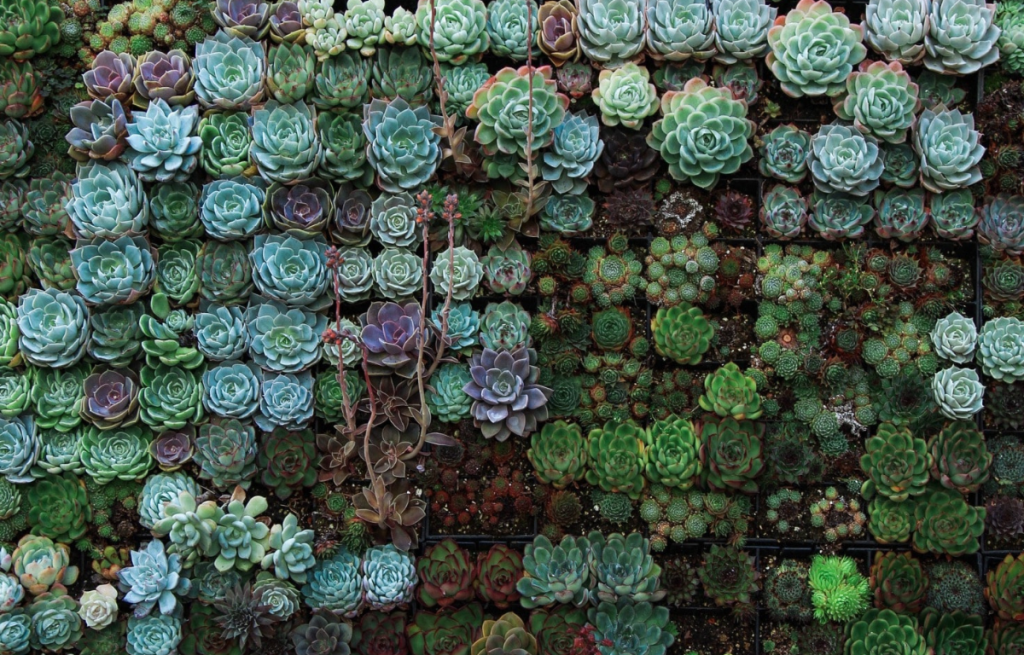
And then, he was excited to learn how to grow succulents?
With our step-by-step guide, you will learn how to grow succulents both in the ground, in pots, vases, or any other utensil you want, that have drainage, or in glass, without drainage.
Let's first learn how to cultivate in utensils that have drainage, that is, little holes for the water to come out and not accumulate at the bottom:
HOW TO PLANT SUCCULENTS IN UTENSILS THAT HAVE DRAINAGE:
1.Choose a suitable container: Succulents can grow in just about anything that can hold soil and allow water to drain. Make sure the container has drainage holes in the bottom to prevent water buildup, which can rot the succulents' roots.
2.Prepare the soil: Succulents prefer loose, well-drained soil. You can mix equal parts sand, perlite, and peat moss to create a substrate, or you can purchase succulent substrate from a garden store.
3.Choose your succulents: There are many types of succulents available, each with its own appearance and characteristics.
4.Plant your succulents: Place some succulent substrate at the bottom of the chosen container. Remove the succulent from the pot and loosen the roots. Place the succulent in the soil and fill around it with more substrate, pressing it down gently to firm it up. Make sure the succulent is level and not buried too deeply.
5.Water your succulents: Succulents are drought-resistant plants, so it is important not to overwater them.
Water only when the soil is completely dry and wet it well, but let the water run through the drainage holes and avoid leaving standing water at the bottom of the container.
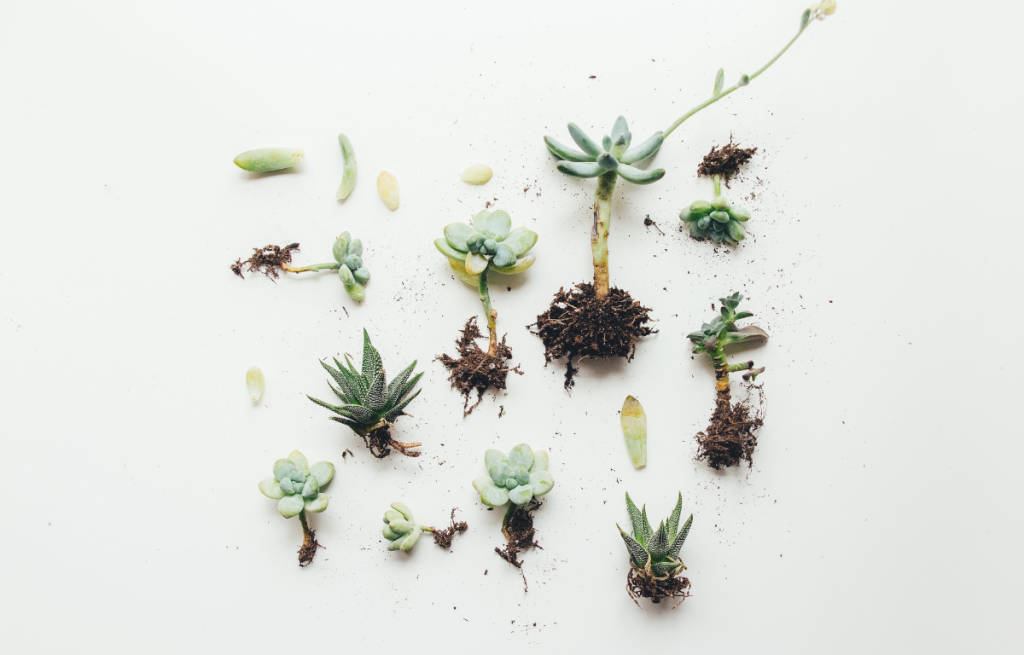
HOW TO PLANT SUCCULENTS IN UTENSILS WITHOUT DRAINAGE:
Now let's learn how to grow our succulents in pots and glass utensils that have no way to drain, running the risk of them accumulating at the bottom and rotting the roots.
With proper care you will create a perfect arrangement and your plants will be very healthy and beautiful, see how:
1- Fill 1/3 of the container with stones such as perlite and dampen them a little.
2- Then add a layer of moss. Moss is optional.
3- Cover the moss with a layer of sand.
4- Add the specific substrate for succulents with a small spoon and then position the plant; give it a little squeeze to make it firm and add a little more substrate around it, until the ideal height of your pot or vase.
Choose a substrate that mixes different active ingredients, such as topsoil, sand, earthworm humus, soil conditioner and nutrient sources such as manure, limestone and superphosphate.
5- Finally, cover the substrate with another layer of pebbles to decorate, or sand. And then water so that everything settles.
5- Succulents planted in glass like indirect light, but without being exposed directly to the sun.
6- Be very careful with the amount of water: watering should be sparse, as, as there are no holes to drain the water, it tends to accumulate at the bottom and can rot the roots. Water only when the soil is completely dry.
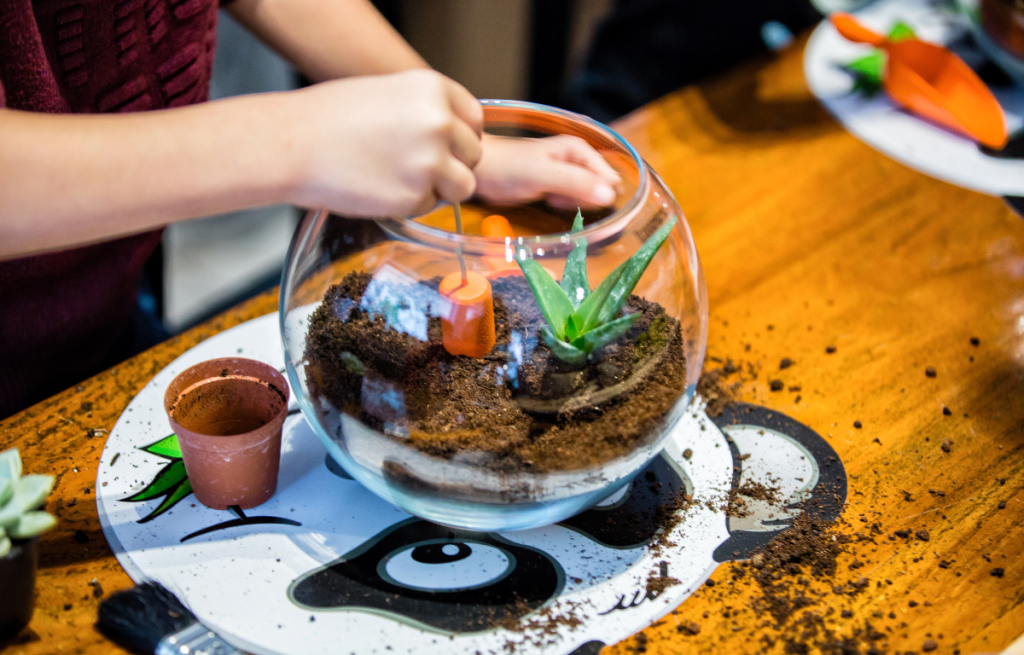

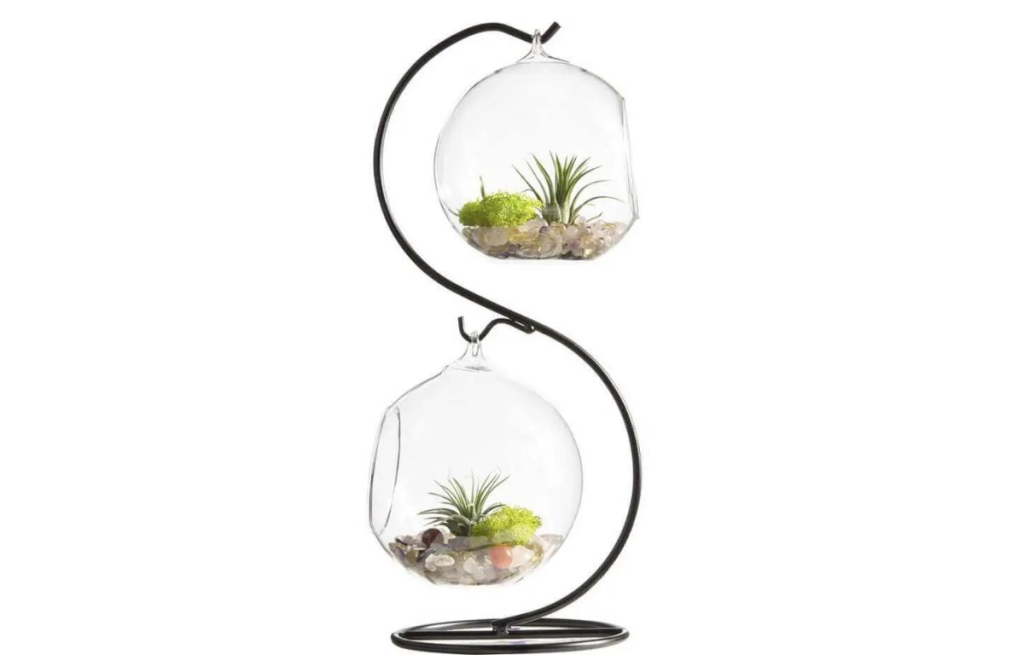
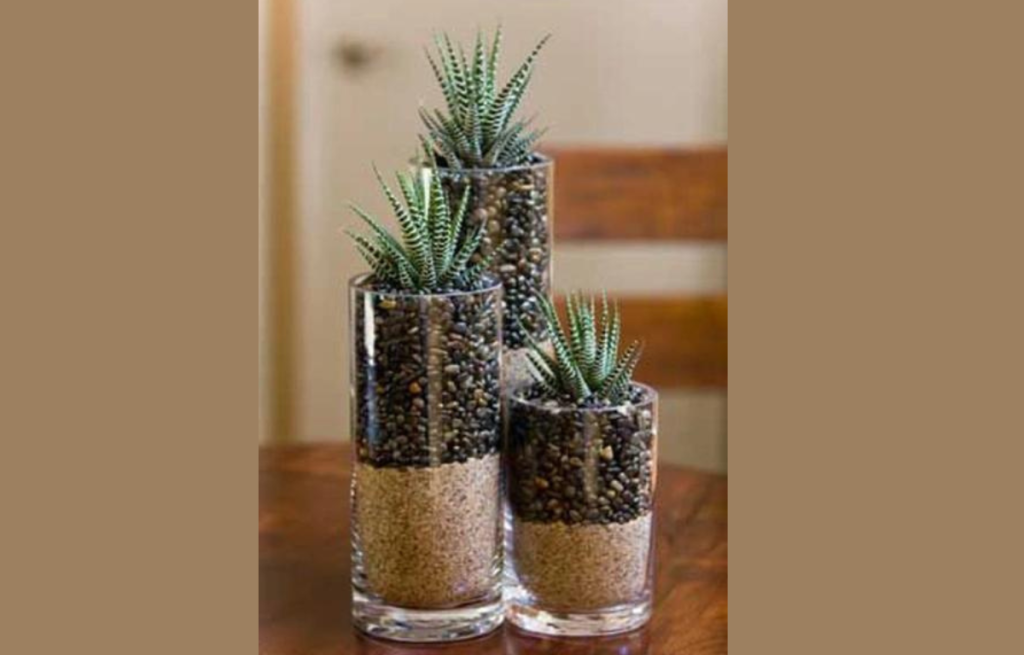
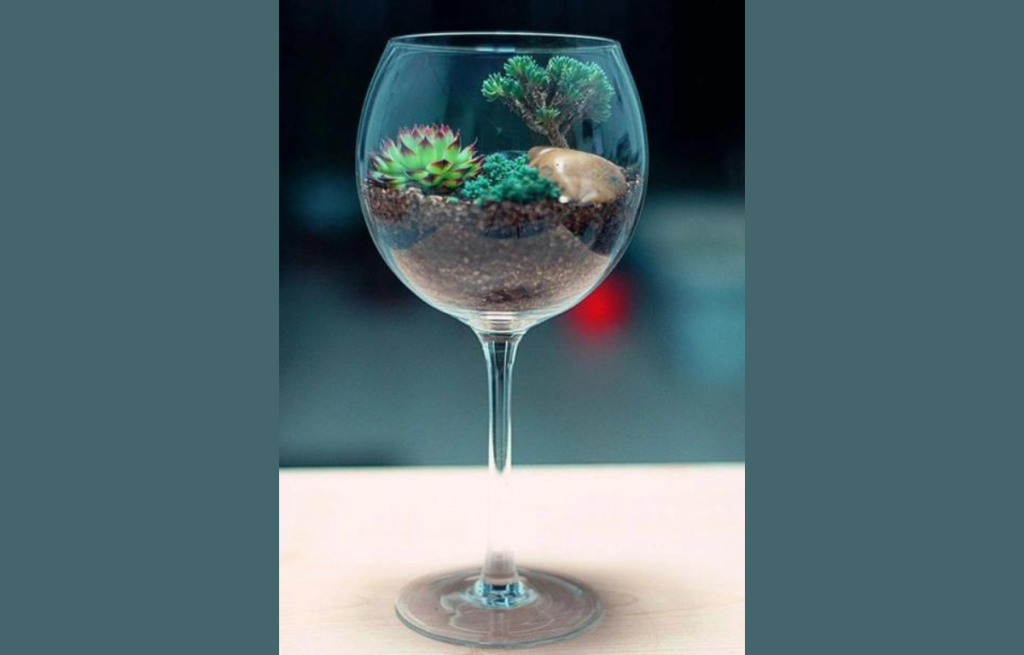
Trending Topics

Renting Country Houses on Airbnb: Tranquility, Nature and Real Connection
Experience the tranquility of the countryside with homes available on Airbnb: nature, silence and rustic charm at your fingertips.
Continue lendo
Renting Beach Houses on Airbnb: Ocean Views, Right on the Sand and Lots of Comfort
Rent beach houses through Airbnb and enjoy the best of the coast with freedom, comfort and sea views.
Continue lendo
Mini Macrame Pot Holder
Add a handcrafted touch to your home with unique macramé pieces made by you
Continue lendoYou may also like

How to Turn Your Home Into a Smart Home
Discover the Secrets of a Smart Home and be surprised by the technology that is changing the way we live
Continue lendo
Date My Age App: The Global Mature Dating Platform
Find your mature connection with the Date My Age app, the global online dating platform for mature singles.
Continue lendo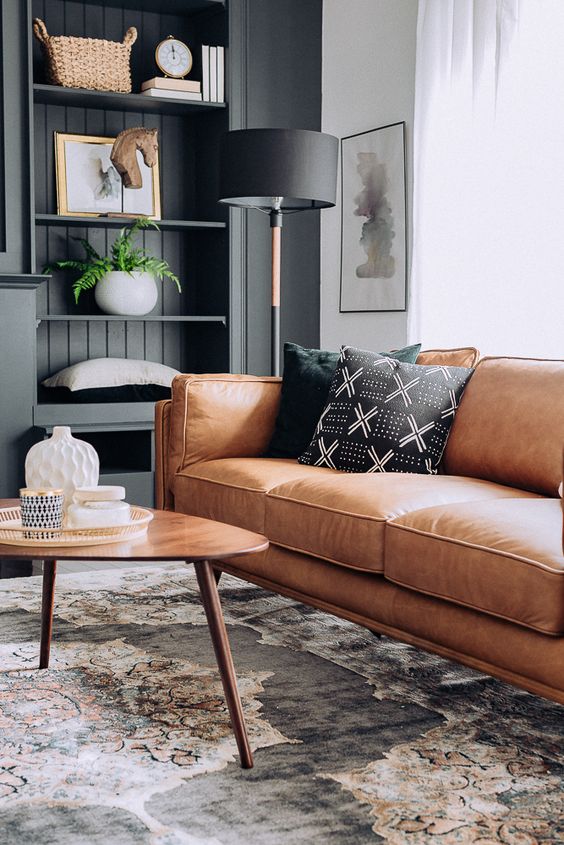
Choosing the Right Color for Your Sofa
Choosing the right color for your sofa can be a challenging task.
Continue lendo